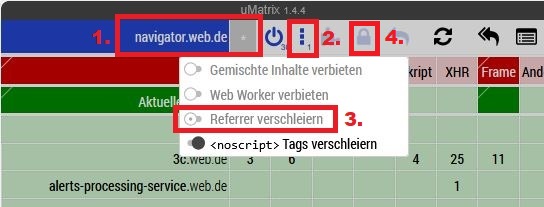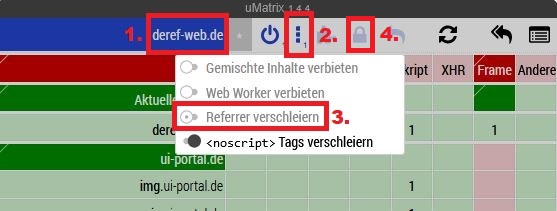Quo vadis Bludit? And a new blog theme
I switched to a new blog theme. While Solen was great, I didn't like the mandatory article images. It just makes no sense to search for the 20th "Code lines displayed in some kind of terminal or IDE" image for a blogpost. Also the overall look & feel was a bit too much "early 2000s". I wanted something that looked a bit more refined. More clean.
Browsing through https://themes.bludit.com/ I found the Keep It Simple-Theme. Only that it was last modified in 2020 for a 2.x Bludit version, while we are now at 3.16.2.
Luckily only a few modifications were needed and I finally took the time to create a separate Git-Repository for my theme modifications. Have a look at if you want to use it too: https://github.com/ChrLau/keep-it-simple
Although it contains some CSS changes, but I kept the original CSS in via comments so it should be rather easy to switch back. The changes mostly affect colours, blockquotes, fonts. Not the general layout, hence incorporating updates from the original StyleShout template should be easy.
Some minor tweaks are still coming, as I still have to check mobile & widescreen support and I want a different font used in blockquotes. The current one merriweather-italic doesn't look good as the vertical alignment is too uneven for my liking. Especially the letter "e" is too high and gives every word with an "e" a somewhat strange look.
But in general I am happy with the current look & feel.
I mean, the W3 Validator still isn't completely happy, but there are some things I can't fix directly and the only option I have is to open a pull request: Bludit: Fix canoncial links in siteHead plugin. Sadly alt-tags for images are also not possible and the corresponding Issue in the Bludit repository is closed since 2022 as "this will be fixed with Bludit 4.x". Meanwhile we are still at Bludit 3.x, a 4.x branch doesn't even exist and development really slowed down and there isn't much activity from the only developer. I seriously hope these are not bad omens..
Also no activity on my Cookie security issue Enhance cookie security by setting samesite attribute and adding __Secure- prefix to sessionname (Bludit issue 1582) and at least one unpatched Stored XSS does exist: Bludit - Stored XSS Vulnerability (Bludit issue 1579).
Let's just hope the best for now...



